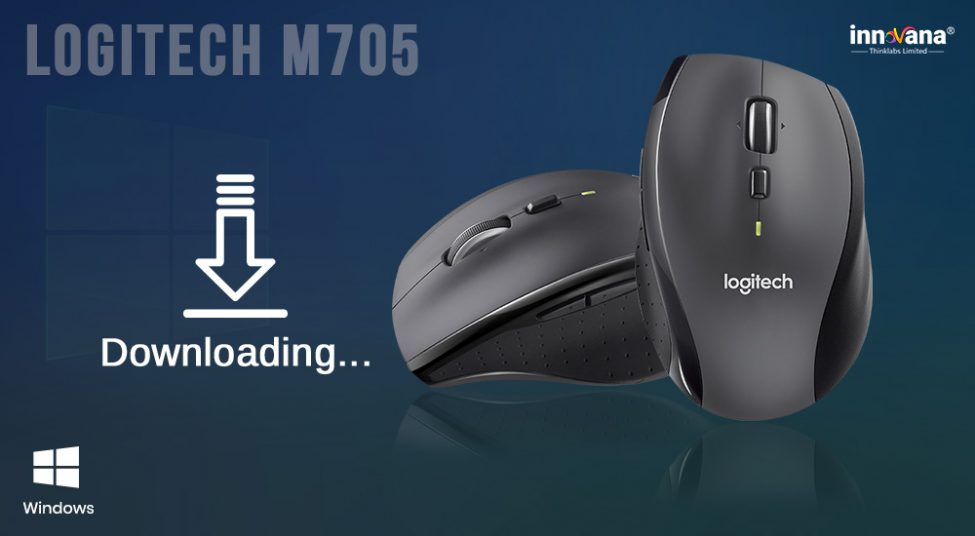


Taylor was part of the original Ferranti Canada, working on the Royal Canadian Navy's DATAR (Digital Automated Tracking and Resolving) system in 1952.ĭATAR was similar in concept to Benjamin's display. The device was patented in 1947, but only a prototype using a metal ball rolling on two rubber-coated wheels was ever built, and the device was kept as a military secret.Īnother early trackball was built by British electrical engineer Kenyon Taylor in collaboration with Tom Cranston and Fred Longstaff. Benjamin felt that a more elegant input device was needed and invented what they called a "roller ball" for this purpose. Benjamin's project used analog computers to calculate the future position of target aircraft based on several initial input points provided by a user with a joystick. Benjamin was then working for the British Royal Navy Scientific Service. The trackball, a related pointing device, was invented in 1946 by Ralph Benjamin as part of a World War I-era fire-control radar plotting system called Comprehensive Display System (CDS). Mice often also feature other elements, such as touch surfaces and "wheels", which enable additional control and dimensional input. Physically, a mouse consists of an object held in one's hand, with one or more buttons. This motion is typically translated into the motion of a pointer on a display, which allows a smooth control of the graphical user interface. A computer mouse is a pointing device (hand control) that detects two-dimensional motion relative to a surface.


 0 kommentar(er)
0 kommentar(er)
